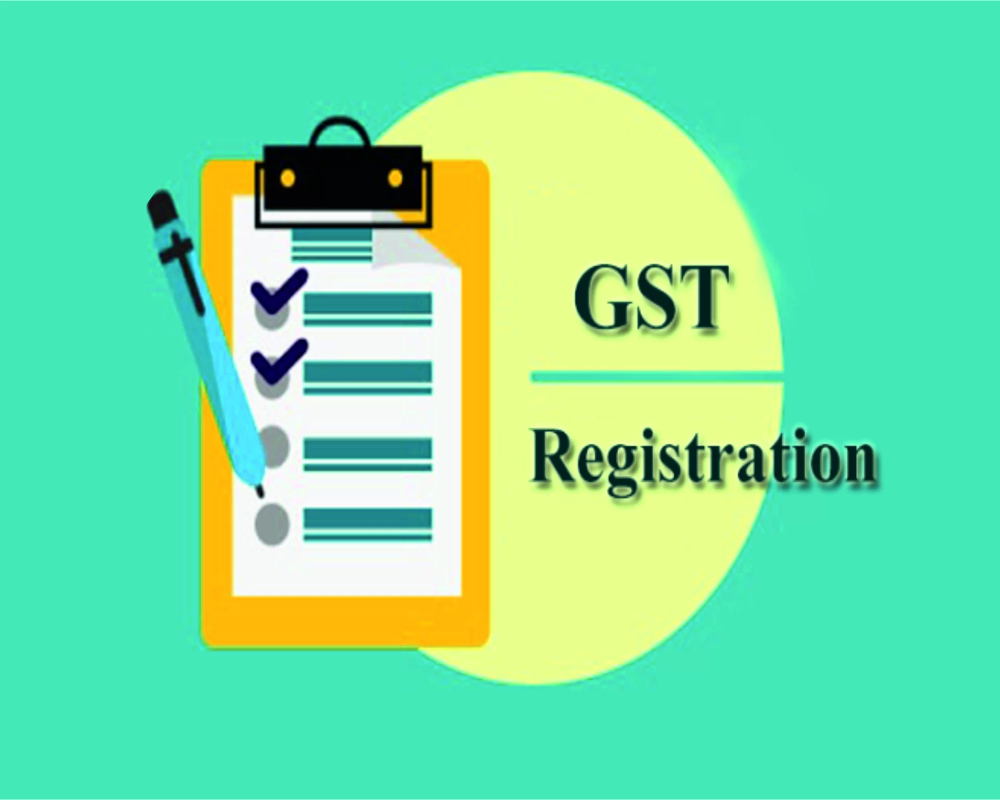How to Register the Company for GST
Introduction
The Goods and Services Tax (GST) is a comprehensive indirect tax applicable on the supply of goods and services in India. Every company involved in taxable supply and exceeding prescribed turnover thresholds must obtain GST registration under the Goods and Services Tax Act, 2017. GST registration provides a legal identity to the business as a supplier of goods or services and allows the company to collect tax and avail input tax credit. This article explains the step-by-step process for registering a company under GST in India.
Eligibility for GST Registration
A company is required to register under GST if:
- Its aggregate turnover exceeds ₹40 lakh for goods or ₹20 lakh for services (₹10 lakh for special category states).
- It is engaged in inter-state supply, e-commerce operations, or supplies under reverse charge.
- It wishes to avail input tax credit or supply goods/services to government departments.
Voluntary registration is also allowed even if the company does not cross the threshold.
Documents Required for Registration
The following documents are essential for company GST registration:
- PAN card of the company
- Certificate of incorporation issued by the Ministry of Corporate Affairs
- MOA and AOA
- Board resolution or letter of authorization for the signatory
- PAN and Aadhaar of directors
- Digital Signature Certificate (DSC) of the authorized signatory
- Proof of business address (rent agreement, electricity bill, NOC if rented)
Create an Account on the GST Portal
To begin the registration process:
- Visit the official GST portal (www.gst.gov.in)
- Click on “Register Now” under the “Taxpayers” tab
- Fill Part A of the application with basic details such as the company’s name, PAN, mobile number, and email address
- An OTP verification is completed, and a Temporary Reference Number (TRN) is generated
Fill Part B of the GST Application
After obtaining the TRN:
- Log in again to the GST portal using the TRN
- Complete Part B of the registration form with additional details including business address, bank account, principal place of business, authorized signatory, and details of goods or services supplied
- Upload the required documents in the specified formats
Verification and Submission
Once all details are filled:
- The application must be digitally signed using a DSC
- Alternatively, companies can use e-sign or e-verification via Aadhaar OTP (for directors or signatories who are Indian residents)
- Upon successful verification, an Application Reference Number (ARN) is generated and shared via email and SMS
Issuance of GSTIN
The GST officer reviews the application and documents. If everything is in order:
- A GSTIN (Goods and Services Tax Identification Number) is issued within 7 working days
- The GST registration certificate can be downloaded from the portal
- If additional documents are required, a notice is sent via Form GST REG-03, and the applicant must respond within 7 working days
Display and Usage of GSTIN
Once registered:
- The company must display the GSTIN on its signboard and at its principal and additional places of business
- The GST number must be mentioned on all tax invoices
- The company is now eligible to collect GST on sales and claim input tax credit on purchases
Post-Registration Compliance
After registration, the company must:
- File regular GST returns (monthly, quarterly, or annually depending on the scheme)
- Maintain proper records of input and output tax
- Comply with invoicing, e-way bill, and reconciliation requirements
Failure to comply with GST provisions can result in interest, penalties, and cancellation of registration.
Conclusion
GST registration is a legal and operational necessity for companies involved in the supply of taxable goods or services in India. The process is straightforward when supported by proper documentation and timely submission. Once registered, the company gains credibility, can claim input tax credit, and lawfully engage in interstate or B2B transactions. Ensuring accurate registration and post-registration compliance is essential for avoiding penalties and maintaining a transparent tax position. A well-executed GST registration lays the foundation for efficient tax management and smooth business operations.
Hashtags
#CompanyLaw #ComplianceCalendar #BusinessRegulations #LegalCompliance #CorporateGovernance #BusinessLaw #RegulatoryRequirements #ComplianceManagement #CorporateCompliance #LegalObligations #BusinessEthics #CompanySecretarial #CorporateLaw #ComplianceChecklist #BusinessOperations #LegalUpdates #RegulatoryCompliance #CorporateResponsibility #BusinessManagement #LawAndRegulation


0 Comments